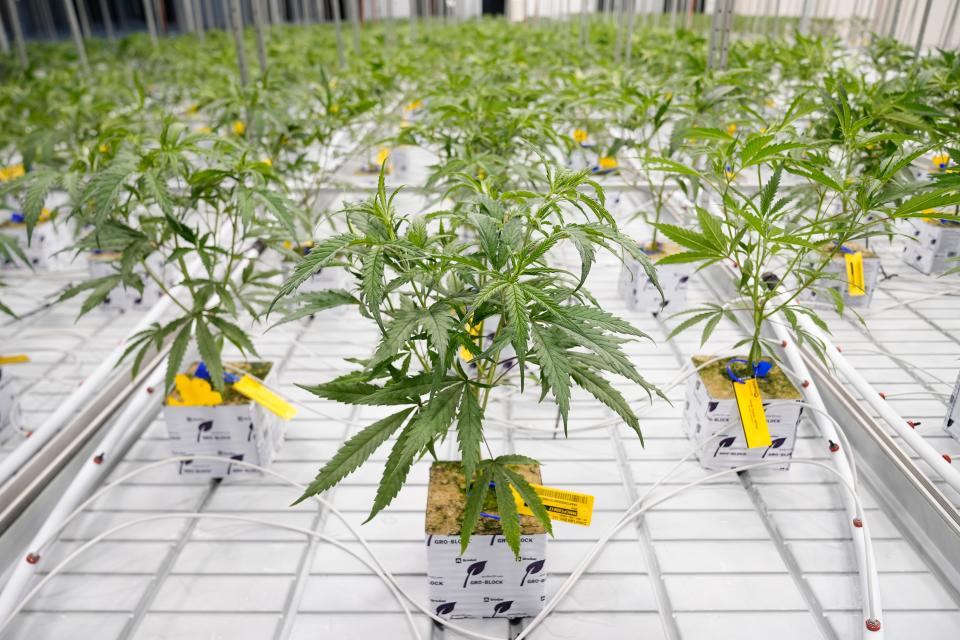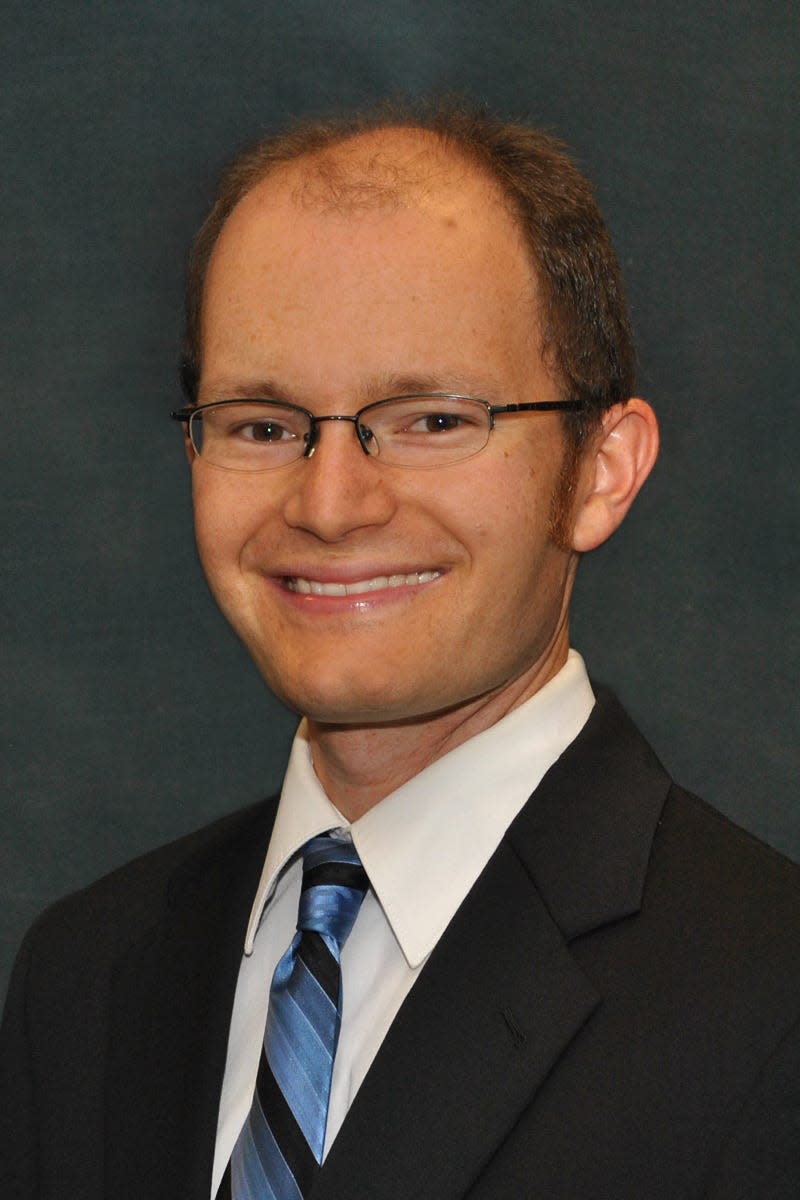Marijuana sales are coming to Ohio. Will growing pains derail program?
Lee Hannah is a professor of political science at Wright State University. Daniel Mallinson is an associate professor of public policy and administration at Pennsylvania State University, Harrisburg.
Even though President Joe Biden has taken the biggest steps on federal marijuana reform, it will take a long time for these changes to make their way down to the states. Federal rescheduling does not solve many problems still facing state medical and recreational marijuana programs.
Our new book with NYU Press "Green Rush: The Rise of Medical Marijuana in the United States" argues that the states are central to the story of American cannabis policy.
We also analyze the slow implementation of Ohio’s medical marijuana program. Ohio’s recreational marijuana experiment will be guided by lessons learned from its own medical marijuana experience and by the examples of other states.
There are a few things we are watching.
Will growing pains come with Ohio's marijuana program?

Proponents and opponents of recreational policy have different goals for the program’s implementation.
The supermajority of Republican legislators largely opposed Issue 2 and floated several changes to the bill after its passage. Despite bills that would have reined in smoking, supply, home grow and other elements of the policy, the chambers have not been able to come to a consensus, meaning much of what voters supported in Issue 2 will go into effect.
Marijuana in the Buckeye State. Are THC dabs, waxes, gummy bears too strong for Ohioans?
Say 'no, thank you' to becoming a stoner . 'Paul’s Pot Shop' bad news for Ohio.
Of course, this does not preclude future legislative action. The legislature's waffling could affect the ability of the Ohio Division of Cannabis Control and the industry to properly implement the program.
But even to proponents who supported the bill, there is still work to be done to ensure that implementation is successful.
By already having a medical marijuana program in place, the Division of Cannabis Control won’t face some of the growing pains they did with getting dispensaries up and running. When the medical program was adopted in 2016, it took nearly three years for the first dispensaries to open.
The recreational program is well ahead of schedule thanks to the groundwork laid by medical dispensaries.
Relying on medical dispensaries gives advantages to the cannabis industry, which already has capital and infrastructure. This could have ramifications for some of the social equity goals spelled out in Issue 2.
As New York’s recent experience has shown, there are tensions between the goals of ensuring social equity and needing to get the market up and running.
Will recreational marijuana weed out medical cannabis?
The most important short-term goal should be to make sure medical patients are not left behind.
Our research finds that recreational programs almost always disrupt medical programs. For example, patients have a hard time finding their trusted medicine either due to increased demand from recreational users or from dispensaries changing their products to cater to recreational users.
We’ve also seen instances where patient registries crater either because patients no longer feel that they can reliably get their products and no longer see the benefit of paying for a registry card or the tax differentials are no longer worth it.
The state should take care to ensure that the 428,682 patients are a taken care of.

Things are changing nationally, but Ohio will still be on its own in implementing a recreational marijuana program. Many other states have experimented with legalization already, and Ohio can learn from them and from its own experience with medical marijuana.

The key will be balancing competing interests and goals without undermining an already successful medical program.
Lee Hannah is a professor of political science at Wright State University. Daniel Mallinson is an associate professor of public policy and administration at Pennsylvania State University, Harrisburg.
This article originally appeared on The Columbus Dispatch: Ohio marijuana sales will soon start. How can state it right?

